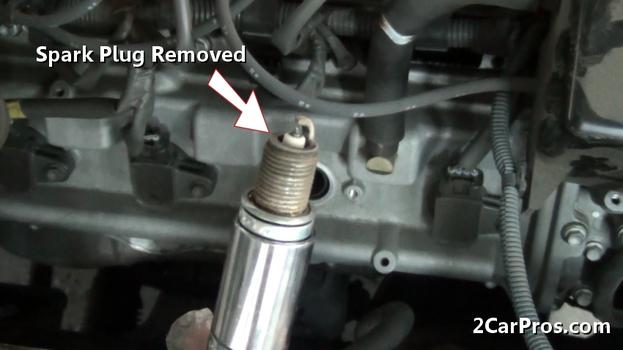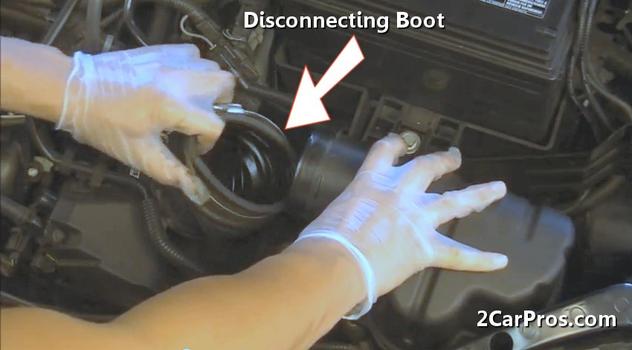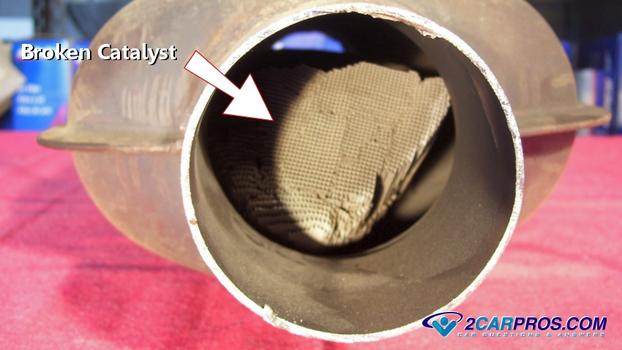Engine Surges
Car Engine Surge
Troubleshooting Engine Surge Issues
Helpful Information
A surge is usually caused by a fuel system management or drivetrain operation failure. When an engine's computer can "hunt" or "surge" at cruising or idle speeds it is searching for program compliance, there is a problem elsewhere in the system.
Easy step by step guide on how to repair an automotive engine that is surging, this information pertains to most vehicles and is listed in the order of popularity.
Difficulty Level - 5
Start with the vehcile on level ground, engine "OFF" in park with the emergency brake set, wear protective gloves and eyewear for safety.
Step 1 - If a check engine warning light has come "ON" while driving, the computer will need to have the trouble codes read to help fix the problem. Learn more

Check Engine Light MIL
Step 2 - An engine's tune up is a regularly scheduled service, when this service is neglected it can cause the engine to surge. Learn more

Engine Tune Up
Step 3 - If a fuel pump or regulator is failing is can cause an unsteady volume or pressure for the fuel system causing the engine to surge.Learn more

Fuel Pressure Test
Step 4 - Some vehicles are equipped with an inline fuel filter, when this filter become plugged it lowers fuel delivery creating an engine surge. Learn more

Replacing Fuel Filter
Step 5 - If a vacuum line has caused a leak the engine will surge, as vacuum lines age they can become brittle and fall off the engine or accessory. Learn more

Broken Vacuum Line
Step 6 - If an air intake boot becomes torn and develops a leak it will cause the engine to surge. The air intake boot transfers engine intake air volume into the throttle actuator. Learn more

Air Intake Boot Replacement
Step 7 - If a catalytic converter fails it can break apart causing partial blockage of the exhaust system. This unit is used as an emission control device that incinerates unburnt gases in the exhaust system. Learn more

Partially Plugged Catalytic Converter
Step 8 - When a clutch or clutches on a manual or automatic transmission wear they can momentarily slip which causes a surging sensation. If the clutch pedal is at the top of its travel with no free-play, this is a sign the clutch assembly is worn. Sometimes an automatic transmission service can help by replacing old burnt fluid.Learn more

Automatic Transmission Service

Check Engine Light MIL

Engine Tune Up

Fuel Pressure Test

Replacing Fuel Filter

Broken Vacuum Line

Air Intake Boot Replacement

Partially Plugged Catalytic Converter

Automatic Transmission Service
Comments
Post a Comment